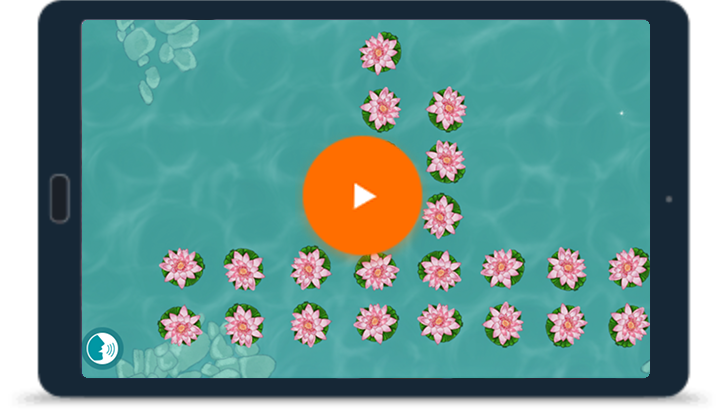
Develop deep conceptual understanding in mathematics
Prof. Raz Kupferman, Chief Pedagogy Officer and Co-Founder of Matific explains what conceptual understanding is and how you can incorporate it into your classroom.
Teachers often tell us that they hope for their students to develop conceptual understanding as well as procedural fluency when learning mathematical content.
However, many instructional resources, such as textbooks and online activities teach procedures at the expense of conceptual understanding, leaving teachers to often feel under-resourced to implement lessons designed to enable students to develop conceptual understanding of the content.
Conceptual understanding has far-reaching effects beyond grasping content. It holds the keys to:
- Building a positive attitude toward mathematics
- Reducing anxiety and increasing attention while reasoning mathematically
- Feeling competent and empowered to engage in mathematical practice, in the classroom and beyond
- Assuming agency in exploring and sharing mathematical ideas
- Appreciating the elegance and beauty of mathematical structures and solutions
- Preparing for higher education by considering STEM programs
At Matific, activities are built around illuminating mathematical concepts - allowing students to develop a true conceptual understanding.
Here are two great activities which showcase conceptual understanding at its best.
Lotus Parity: understanding the notion of parity
Bees and Flowers: understanding the notion of comparison via one-to-one correspondence

